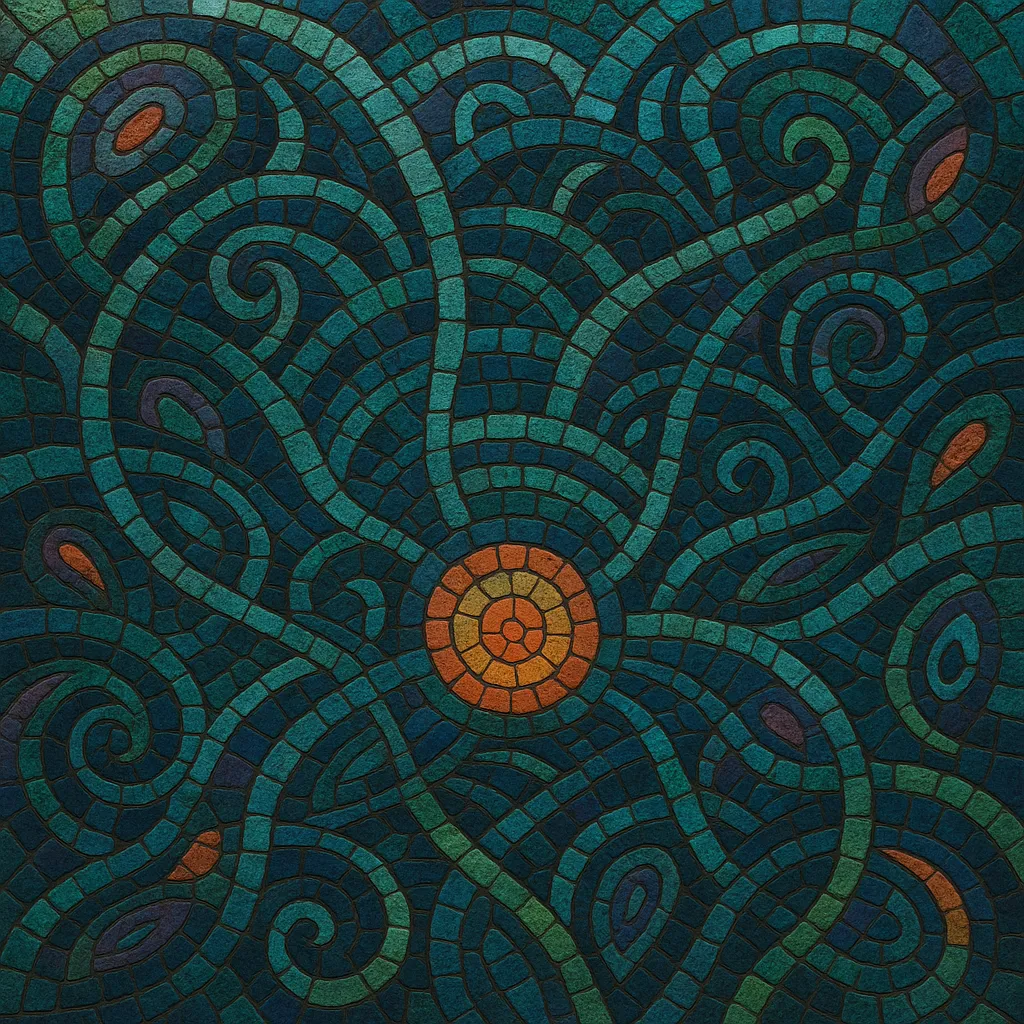Progressive psytrance is a subtler, groove-oriented branch of psychedelic trance that blends the hypnotic, psychedelic sound design of psytrance with the patient builds, long phrases, and evolving textures of progressive trance and house.
Compared to full-on psytrance, it favors a tighter low-end, fewer layers, and incremental modulation over time. Tracks emphasize rolling basslines, crisp percussive grids, and spacious effects that gradually morph, creating a deep, immersive momentum suited to extended DJ sets and sunrise or daytime floors.
Progressive psytrance crystallized as psytrance producers began adopting the longer phrasing, dynamic restraint, and gradual development typical of progressive trance and house. Sweden was a crucial hotspot: labels such as Spiral Trax and Digital Structures and artists like Atmos, Son Kite, Ticon, and Vibrasphere set the blueprint—stripped-down arrangements, rolling bass, and meticulously automated synth textures that evolved over many minutes.
By the mid-2000s, the sound had matured and spread beyond Scandinavia. Iboga Records (Denmark) helped codify the style’s aesthetic, while artists from Israel (Ace Ventura, Perfect Stranger), Germany (Neelix, Protonica), Switzerland (Liquid Soul), and New Zealand (Antix) brought regional flavors—some more melodic, others more minimal and techy. The BPM range stabilized largely between 130–138, with clean, modern production becoming a hallmark.
In the 2010s, progressive psytrance enjoyed festival visibility and cross-pollination with progressive house and melodic techno. The genre’s bass architecture and FX vocabulary began to appear outside psy circles, while darker, minimal derivatives (e.g., Zenonesque) pushed the sound toward headier, late-night territory. Today, progressive psytrance remains a mainstay of global psy festivals, celebrated for its balance of drive, clarity, and long-form narrative.


